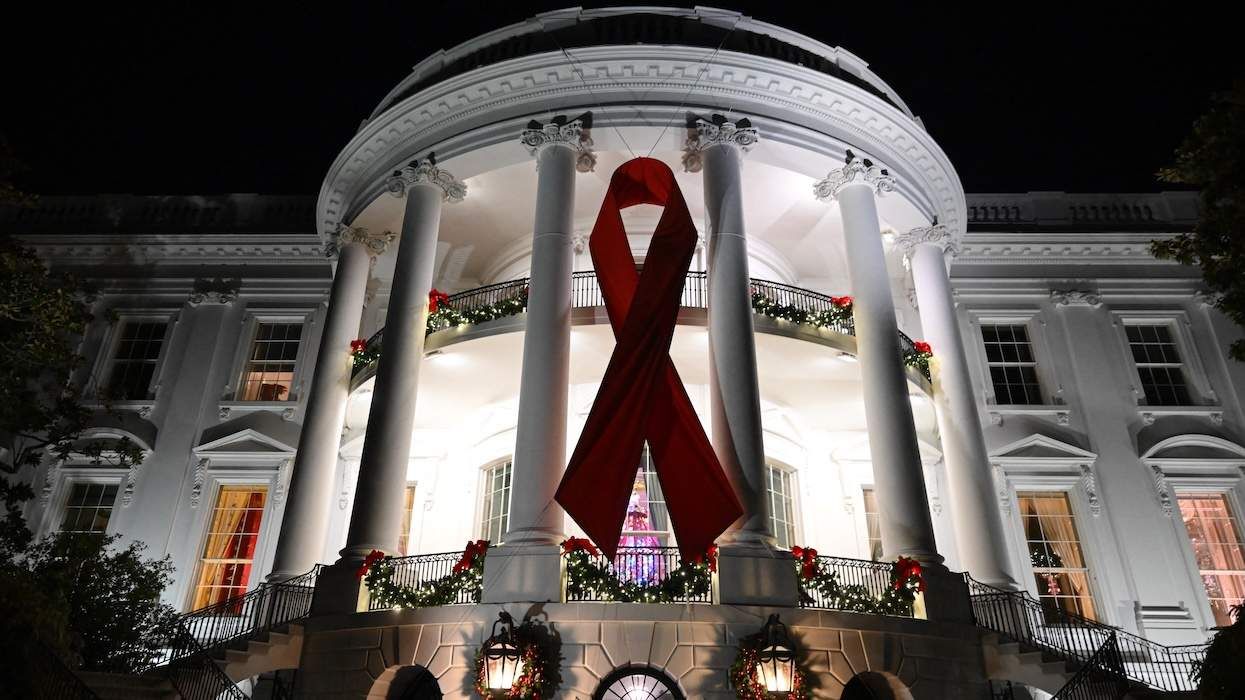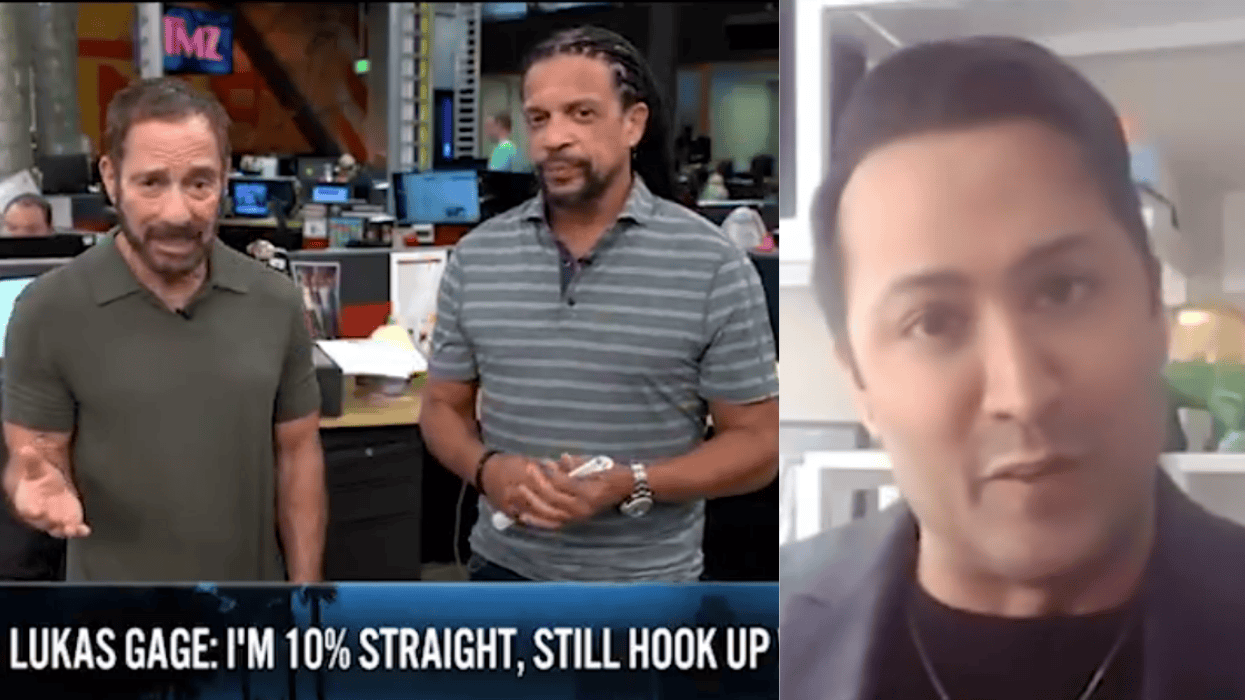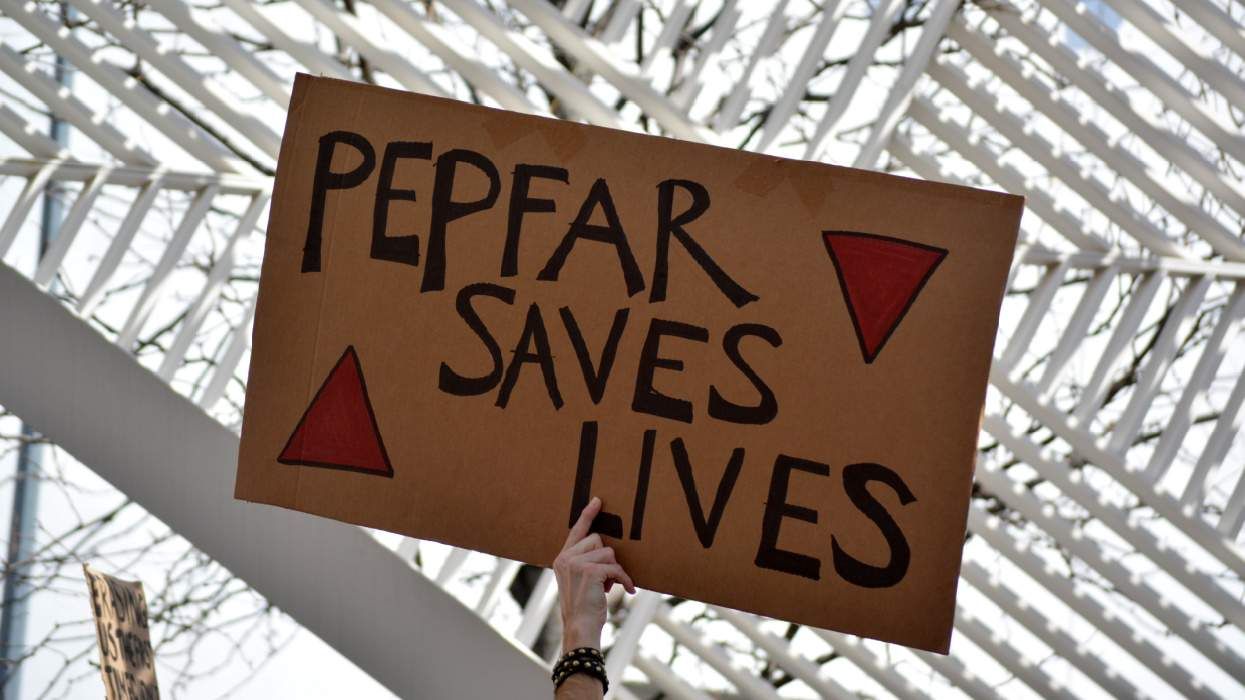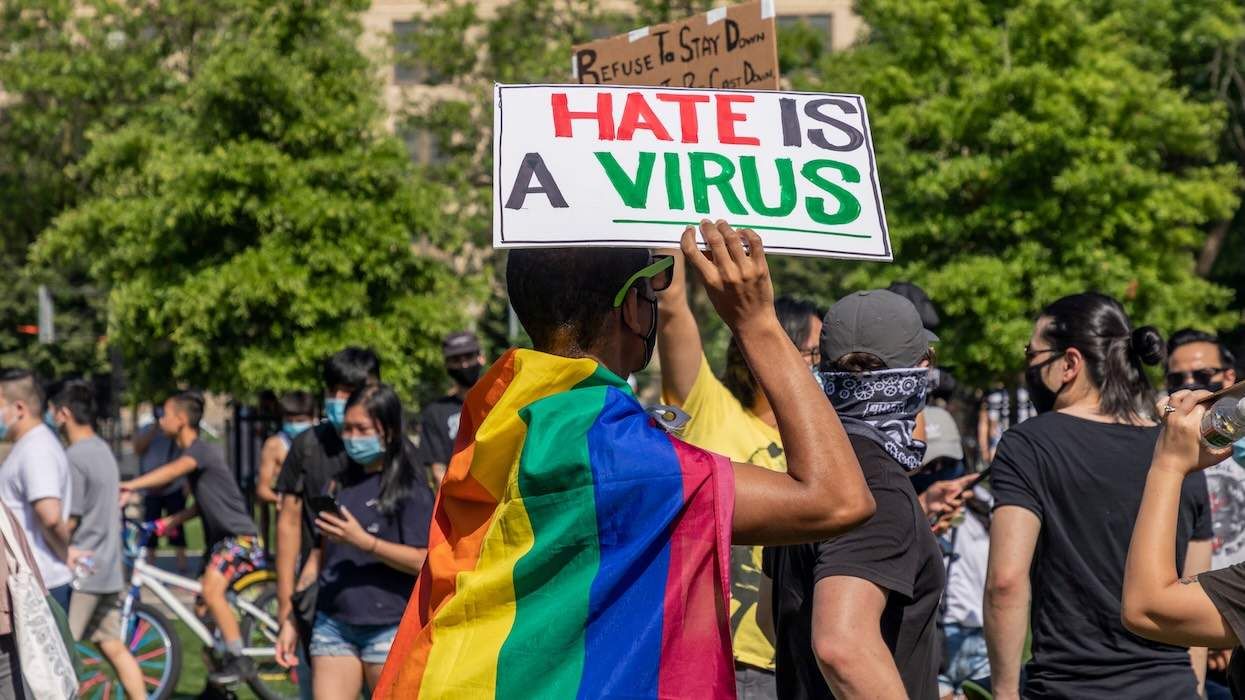Thirty-four years ago this month, The New York Times published the now-notorious headline "Rare Cancer Seen in 44 Homosexuals."
"The cause of the outbreak is unknown," reporter and medical doctor Lawrence Altman wrote in 1981. "And there is as yet no evidence of contagion."
By now, of course, most of us know the gist of the story without reading past the lead: Gay men in cities on both American coasts began dying unexpectedly after dark lesions appeared across their bodies with no clear medical explanation.
We know that through the 1980s, the Reagan administration was quick to turn the other cheek: "What's AIDS?" Reagan press secretary Larry Speakes quipped in a conversation with a reporter in 1982. By then, hundreds of cases had already been reported to the Centers for Disease Control and Prevention. "I don't have it -- do you?"
The fact that the Times was stuck with an antigay editor who, for the better part of the '80s, kept most LGBT-related stories from appearing in the paper surely did nothing to help the cause. Political and media elites neglected to identify AIDS research as a priority, and consequently, medical advances slogged along.
As a 20-something gay journalist, I've always been intrigued by reportage on the disease. I'm fascinated by early New York Times pieces chronicling the controversial ACT UP movement and Tom Brokaw's 1982 report about an epidemic triggered by the "lifestyle of some male homosexuals."
But I wanted to understand, beyond my casual reading and TV-watching, what media coverage of HIV and AIDS has been like more recently.
So about a year ago, I decided to make this subject the focus of my thesis, a 10-month academic endeavor that yielded intriguing results about how the media's approach to the disease has changed.
I looked at three news sources: The New York Times, NBC Nightly News, and Fox's Special Report. And I surveyed them for a 13-year period: The beginning of 2002 to the end of 2014.
Fortunately, today's media -- armed with substantive scientific knowledge and politicians eager to speak on the record about the issue -- does a smarter job of accurately covering the disease than it once did.
Coverage in the three organizations was largely sympathetic, meaning that it intended to make readers or viewers empathize with people who have HIV or AIDS. The media did this by quoting well-informed medical experts, political leaders, and humanitarian activists, but rarely by sharing accounts from HIV-positive people themselves.
People with HIV were featured significantly less than politicians, especially by Fox News, which had more stories on average focusing on funding battles and the Washington politics of AIDS than the other two news organizations.
I also found that fewer than half of stories on AIDS covered by the Times, NBC, and Fox focused on the epidemic in America. Instead, most datelines were international, with stories from places like Africa, China, and India, where reporters on the ground are investigating medical advances and humanitarian efforts.
That means that AIDS isn't really portrayed as a "gay cancer" anymore. Instead, we've shifted our focus to describe AIDS as a problem in developing countries.
I'm not necessarily alarmed by any of these findings, though I do think that news consumers could benefit from more personal stories -- because they do exist -- about what it is like to live with AIDS in the 21st century. More access to testimonials from African children who contracted HIV from their mothers in regions without medicine or inner-city gay men who struggle to adhere to Truvada due to its side effects will remind us that this virus is far from eliminated. Sharing these stories is the media's job.
I did stumble upon at least one concerning result, pervasive across all three news sources: Coverage of HIV and AIDS is declining -- in some cases, to almost as low a rate as in the 1980s, when the disease was stigmatized and, as a result, shunned by the mainstream.
To date, 39 million people have died in what writer and activist Larry Kramer has aptly called a plague (1.5 million AIDS-related deaths in 2013 alone, according to the World Health Organization), but as the death toll continues to climb to this day, the American media has decided to move on to other things.
I'm not sure what this lack of coverage signifies. There are a ton of big stories to cover in the world of medicine and science, so perhaps they've homed in on other headlines. Or maybe the stigma about HIV and the people it affects is still alive and well.
Either way, brushing HIV and AIDS off our front pages and nightly newscasts is a problem. History tells us what happens when we in the media keep quiet when we should be sounding the alarm: Lives are claimed and communities are mercilessly wiped out because government officials ignore the problem and medical organizations aren't allocated substantial funds to carry out lifesaving research.
Other diseases, like cancer and heart disease, are, of course, widespread in their own right, claiming lives across all sorts of populations. Because AIDS still disproportionately affects marginalized populations like gay people and communities of color, it is easier for the stigma to endure and the need for a cure to be forgotten.
There is some good news: The number of newly diagnosed HIV infections declined for the sixth straight year in Washington, D.C., according to data released earlier this month.
We're seeing some progress in the nation's capital, even though the city is still ravaged by AIDS at a higher rate than that of some African nations without access to modern medicine or education.
But unless the media continues to play a role in fighting for a solution, we remain part of the part of the problem.
 JUSTIN PELIGRI is a journalist based in Washington, D.C. You can follow him @JustinPeligri
JUSTIN PELIGRI is a journalist based in Washington, D.C. You can follow him @JustinPeligri


 JUSTIN PELIGRI is a journalist based in Washington, D.C. You can follow him
JUSTIN PELIGRI is a journalist based in Washington, D.C. You can follow him 
































































Charlie Kirk DID say stoning gay people was the 'perfect law' — and these other heinous quotes